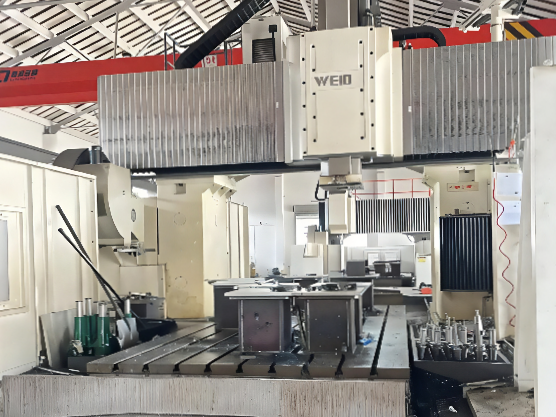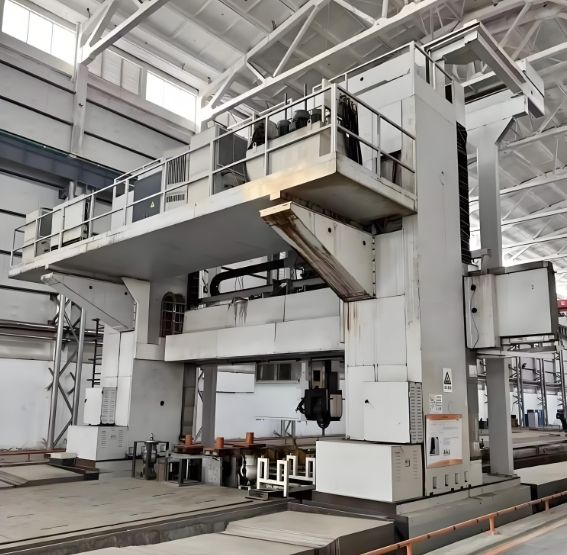
In the field of large metal part manufacturing,especially for massive components such as crane main beams,ship sections,or large pressure vessel shells,welding is almost an indispensable joining process.However,the significant heat input is like a"double-edged sword"—while it creates robust welds,it also brings the challenging problem of controlling welding deformation.Imagine a meticulously designed component tens of meters long that bends or twists by several centimeters or more after welding.This not only affects the final assembly accuracy but can also lead to costly rework or even scrapping.So,how can we tame this"thermal whip"?
Understanding the Root of Deformation:The Struggle Between Heat and Constraints
Welding deformation is essentially the result of the combined effects of thermal expansion and contraction,which are hindered by internal structural changes(phase transformation stress)during intense and localized heating and cooling cycles.Imagine welding a long seam where the seam area expands instantly due to heat,but the surrounding cold metal acts like a shackle,firmly restricting it.When the seam cools and contracts,this"shackle"prevents it from contracting freely,leaving an imbalance of"internal injuries"(residual stresses)within the part,leading to overall warping,angular deformation,or waviness.For large metal part manufacturing projects,these deformation issues are magnified by the geometric dimensions,making control much more difficult.
Precise Prediction:The"Foresight"of Pre-Compensation Algorithms
Passive approaches to deformation control are often inefficient.The core of modern solutions lies in pre-compensation algorithms—predicting deformation trends and making reverse corrections in the design before welding.This is somewhat like a sharpshooter needing to account for wind direction and gravity to adjust the aim.

From Factory to Site:The Reliability of the Entire Chain
Effective control of welding deformation is a systematic project,and its results need to be protected in subsequent stages.After the large structural components are finally machined and inspected,the transportation of metal parts becomes a key link in ensuring the quality loop.Professional transportation plans(such as customized pallets,support frames,multi-point binding fixation,and shock-absorbing measures)must consider the part's geometric shape,weight distribution,and structural weak points to avoid new stresses or accidental deformation caused by bumps,sudden braking,or improper lifting during transportation,ensuring that the precisely controlled components arrive at the destination intact.
Conclusion:Balancing Precision,Efficiency,and Value
Successfully mastering the control of welding deformation in large structural components relies on the precise prediction of pre-compensation algorithms,the foundation of precision manufacturing provided by CNC and precision metal part machining,scientifically effective stress relief techniques,and rigorous fixture application and logistics support.This technology is not a simple"correction"but an active engineering strategy that runs through design,simulation,manufacturing,post-processing,and logistics.It directly determines the final precision,structural integrity,and long-term service reliability of large equipment,bringing real value to customers—lower overall manufacturing costs,higher product quality,and longer service life.On the path to pursuing the extremes of large-scale engineering,controlling deformation is the key to controlling the foundation of quality.